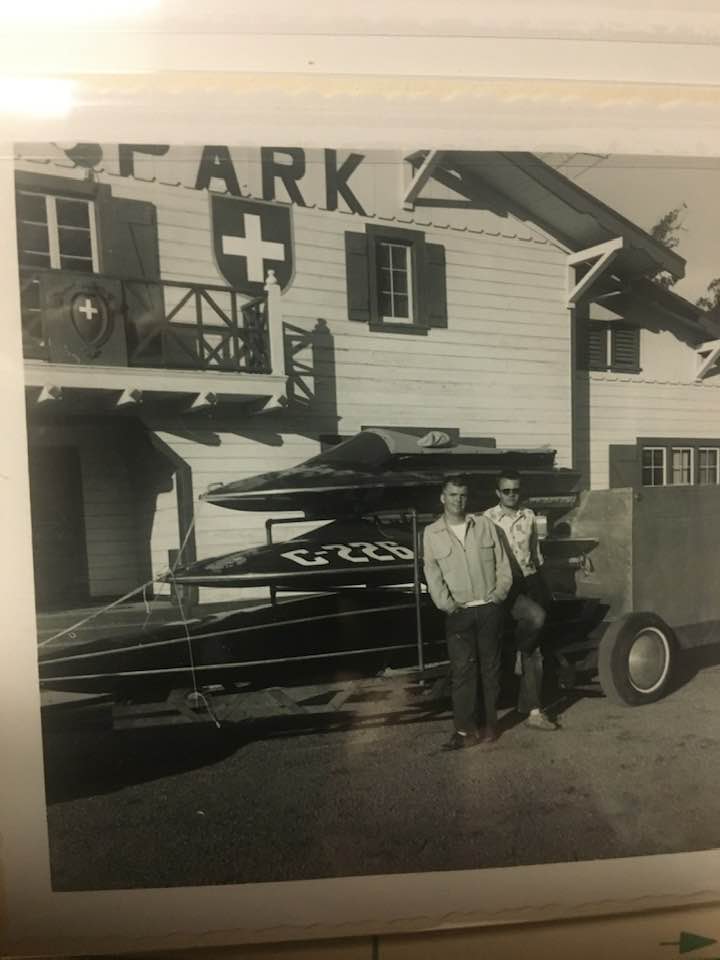The focus of the From HERE to THERE articles and marketing seminars has been to supply the basics –from methods for finding money to creating effective publicity– giving you essential and useful strategies for creating a successful event. After five seminars and monthly (now bi-monthly) articles, we felt that a review of a few key points would be beneficial.
SPONSORSHIP
The days of begging for donations are gone, but you still need money to hold a race; in the no-free-lunch world, that means sponsorship. Money is on everyone’s mind or the lack of funds. Here are important caveats to keep in mind compiled from the sponsor’s side of the table.
- A powerboat race is a unique event for many contributors. Use this to your advantage; you are offering a different approach to reach their target audience.
- Define your audience by thinking beyond the actual race; some of your demographics will be peripheral.
- Understand that a successful proposal covers the pre-race and post-event experience, including the impact of social media.
- The proposal is a business proposition. Your sponsor’s objective is to connect with and add value to as many of their target demographics as possible.
- Be brief and truthful.
- Balance your request to meet your needs as well as your sponsor’s expectations.
- There must be a realistic return on the sponsor’s investment.
- Create meaningful and tangible sponsorship benefits.
- Make sure that your proposal is not overpriced – use realistic and defendable dollar amounts.
- Never over-promise or promise what you cannot personally deliver.
- Do not fail to research. As one client noted, “don’t assume you know my ”
- Do not fill your proposal pages with meaningless information, aka “”
- Be prepared to negotiate.
- Lack of professionalism. Make sure that your proposal is grammatically correct; yes, spelling counts.
Realistically, you are selling, and the sponsor is buying. The relationship is based on mutual respect. The best path to follow is to be practical and straightforward. Remember, not every proposal will end with a “yes,” but many, if you are not adequately prepared, will start with “no.”
MARKETING
Learn to maximize your marketing budget and find methods to expand on the possibilities of publicity. Below we have highlighted common marketing mistakes.
- Not Developing a Marketing Plan and Putting it in Writing
According to most marketing specialists, the most common mistake is not creating a plan. Know your target –a successful event– and match that with your potential audience. Check your available media, timeline, and budget. Your plan should deliver the best return on your invested marketing dollars.
- Not Understanding Marketing Strategy
A strategy is your rule book governing budget decisions and media placement, partnered with your goal: a successful event with satisfied sponsors and excited spectators. Plan and strategy work in tandem by combining your marketing promotions into one comprehensive unit. This process allows you to focus available and often limited resources on the best opportunities to maintain your marketing plan. Think of strategy as gaining a competitive advantage.
- Not Making Effective Use of the Internet
You cannot afford to ignore the power of the internet. Internet marketing offers an opportunity to reduce advertising and publicity costs. Websites and social media tools allow you to create specific content designed to reach various groups of consumers. Easy access at a low-to-no cost means that marketing is available to organizations with tight budgets while making information available around the clock.
- Ignoring Traditional Media
Radio and television advertising may be beyond your budget, but public service announcements are a possibility. Print advertising comes in many low-cost forms: posters and flyers, as well as newspaper space. Develop good working relationships will the sports editors in your area and include the local chamber of commerce and the convention and visitor’s bureau in your media releases.
- Focusing on the Impossible
Before you make a costly mistake, analyze your plan and strategy. Make use of multiple market and publicity outlets; do not rely on a single source of exposure. Making smart choices on effective media places you in front of the competition.
- Not Tracking Your Marketing Results
Planning a marketing and publicity campaign is a process: set a plan, develop a budget, execute. What becomes critical is the need to check your progress regularly. Track your efforts and see what is working, and then adjust.
Keep these pointers in mind as you plan your next event. There is no magic involved, no mystical formula behind creating a great event with stable funding if you have enthusiasm and a useful toolkit. You supply the enthusiasm, and we will continue to offer the tools—essential information in a practical format that will get all of us, From HERE to THERE.
Do you need FREE help to create a marketing plan or a sponsorship proposal? We are an email away.
Jean Mackay-Schwartz – [email protected]
Sherron Winer – [email protected]
















